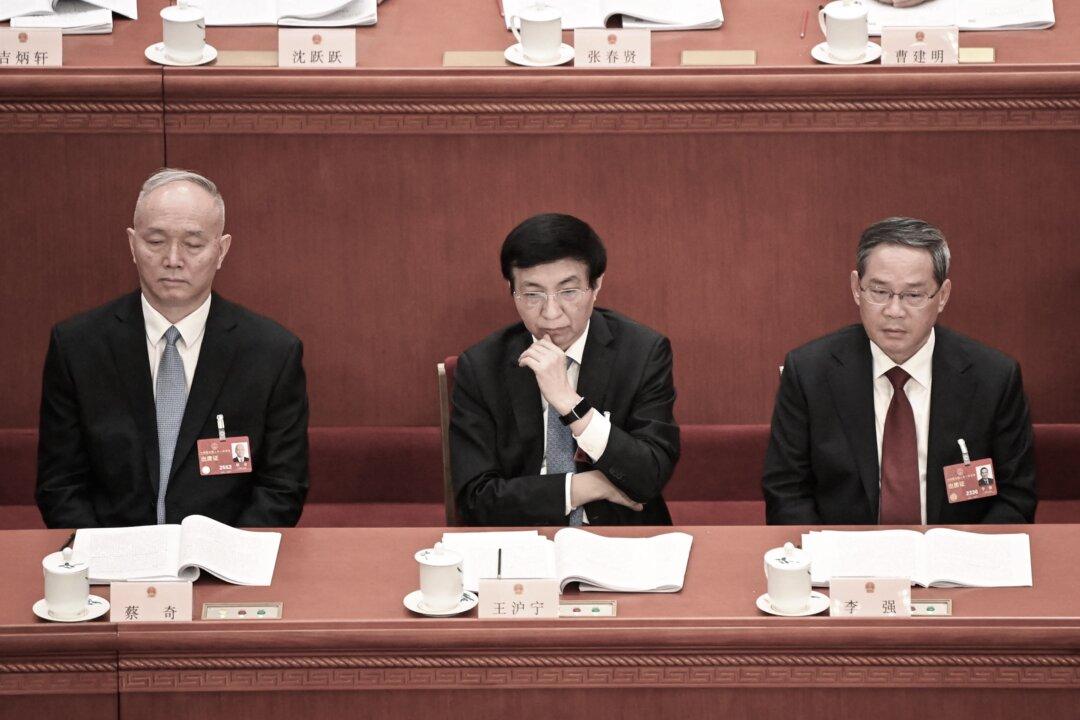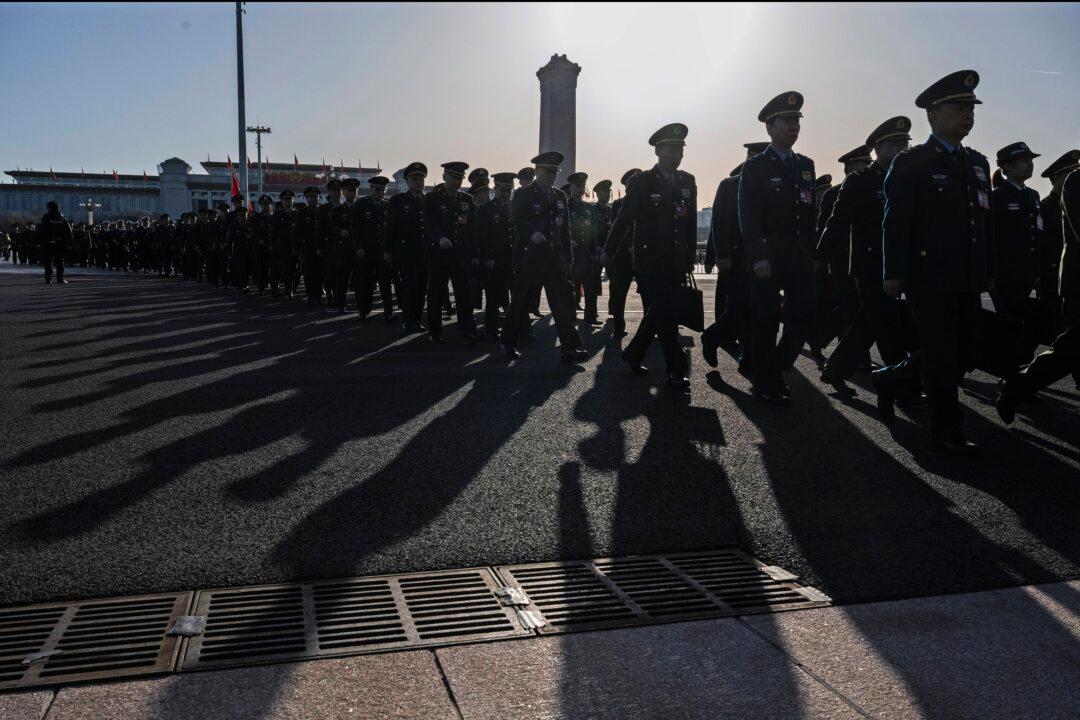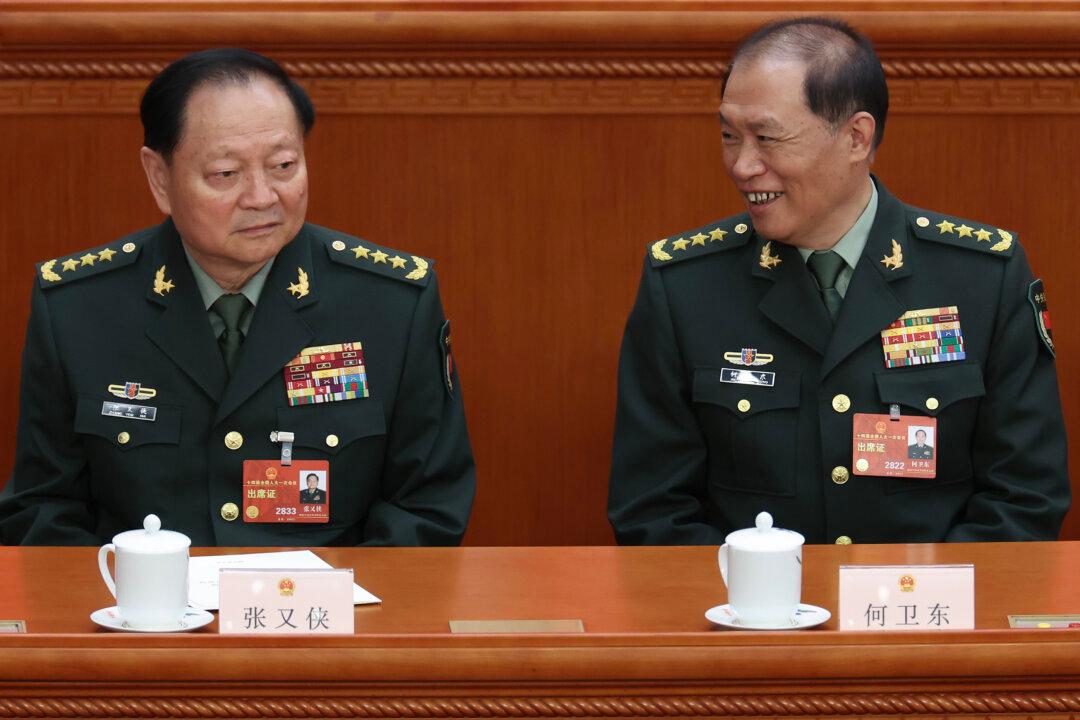As China’s economy falters, the Chinese Communist Party (CCP) is once again pushing the hardcore communist ideology of class struggle and targeting the rich. Recently CCP propaganda has been frequently promoting the “Maple Bridge Experience,” a Maoist social management strategy aiming to eliminate ideological liberalization through class struggle.
The so-called Maple Bridge Experience originated in the 1960s, when the CCP mobilized the masses in a township in Zhuji County, Zhejiang Province, to “supervise and reform” the “Four Categories” of people. These “Four Categories” were the CCP’s collective term for landlords, rich peasants, “counter-revolutionaries, and villains.” The strategy divided the population into classes and encouraged class struggle to purge these supposed enemies of communism. In 1963, Mao Zedong instructed that the “Maple Bridge Experience” be promoted nationwide to strengthen the CCP’s totalitarian rule and to crush the regime’s opponents at the grassroots level. This resulted in the murder of many who fell under the Four Categories.






